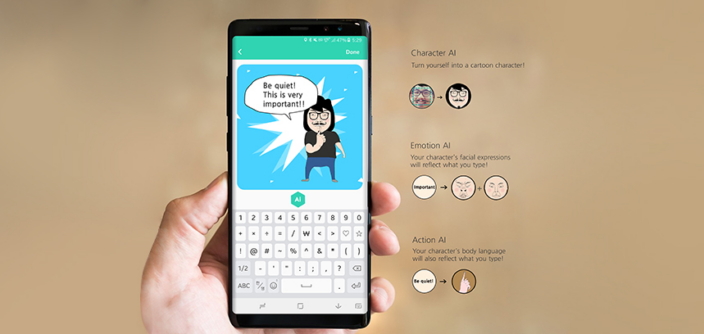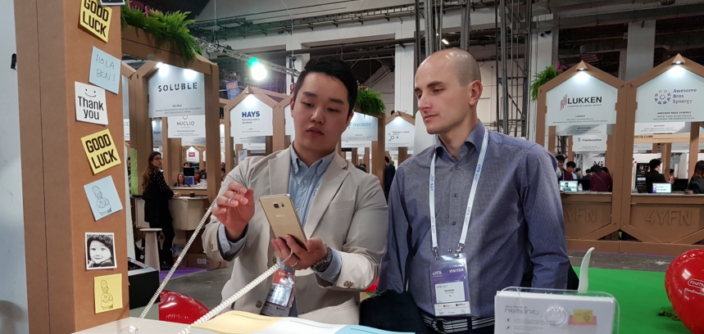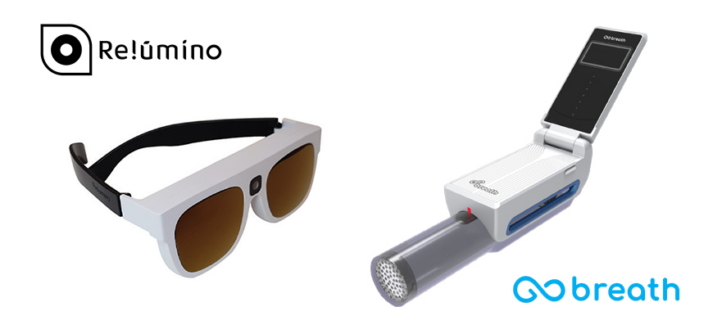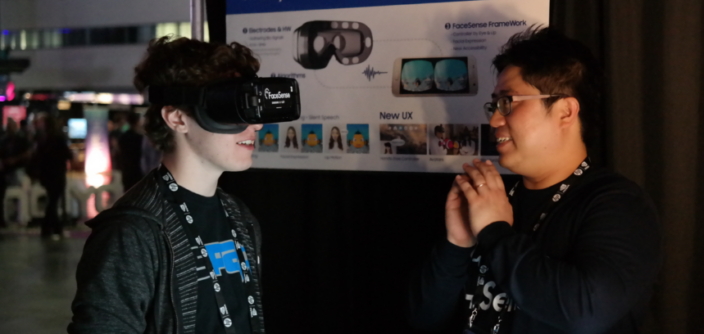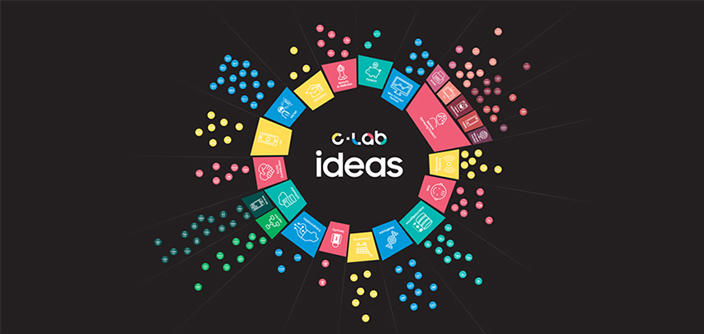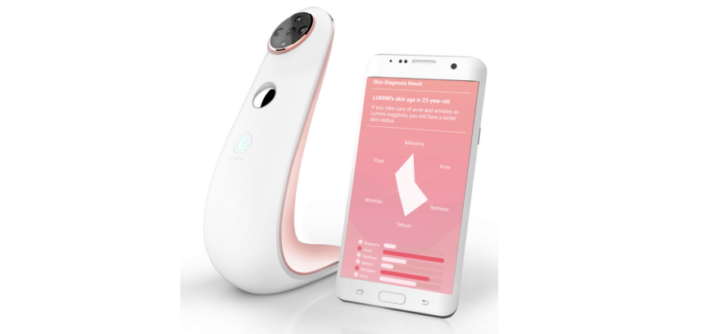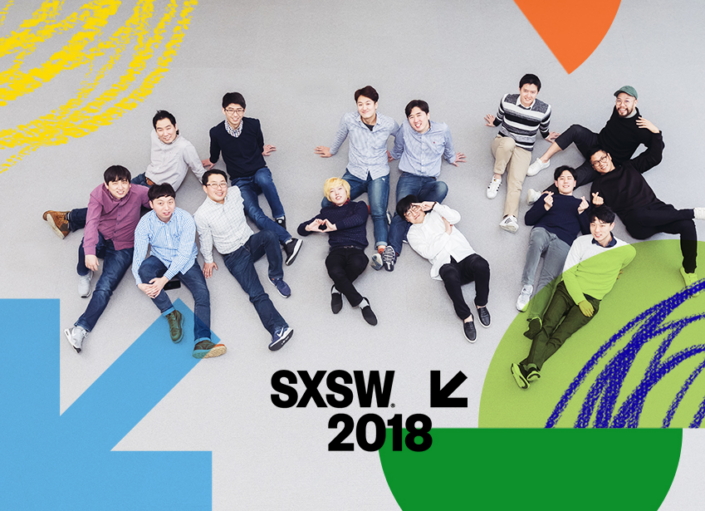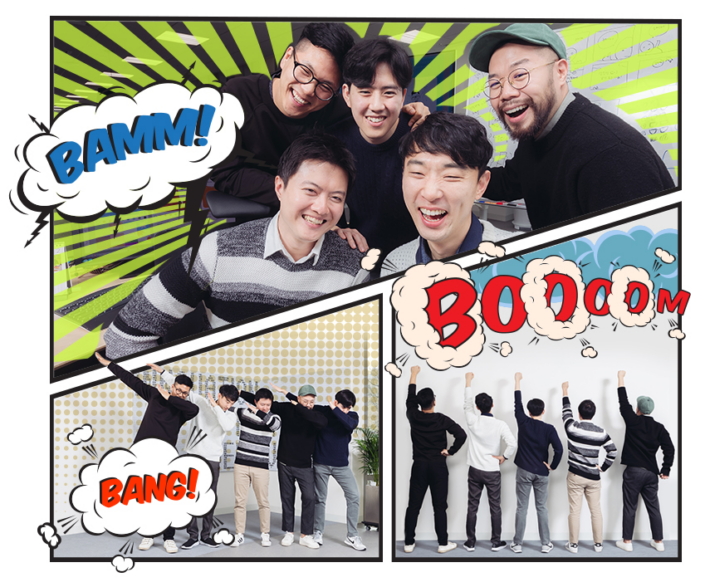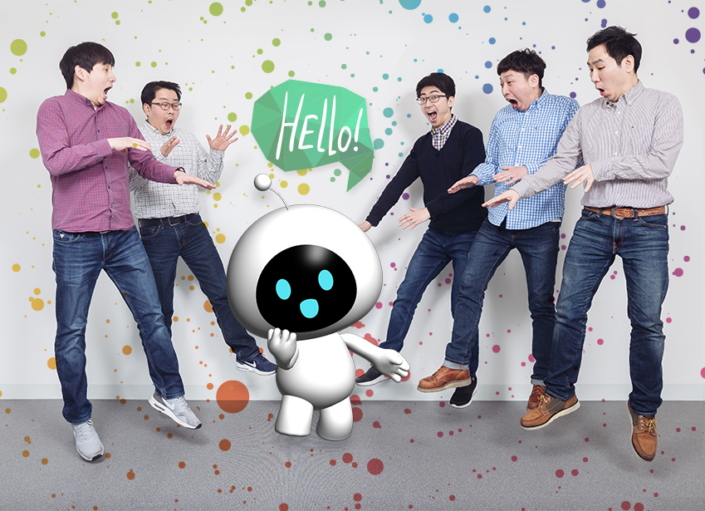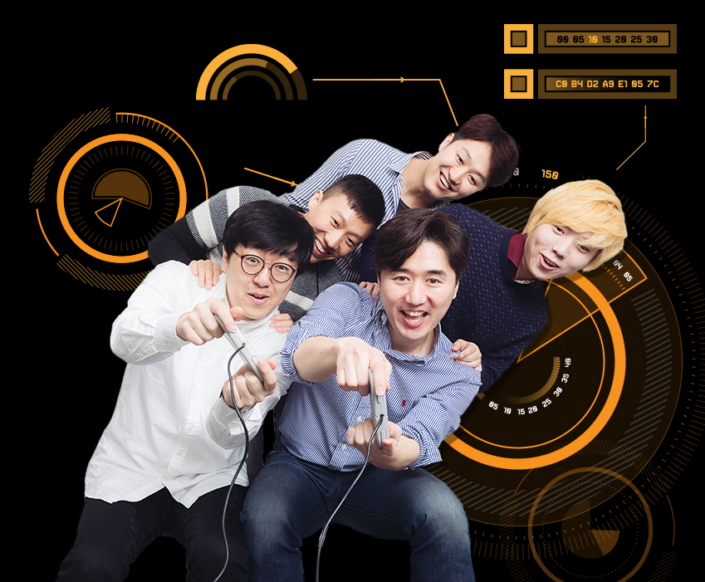How C-Lab’s AI Innovations Came to Be and What They’ll Change
on March 6, 2018
Three new C-lab projects will introduce new user experiences with AI technologies to change everyday life
Each year in Austin, Texas, the South by Southwest (SXSW) festival gathers artists and creatives from across the globe for a celebration of the latest and greatest from the worlds of film, music and interactive media. At SXSW 2018, through a showcase of its in-house idea incubation program, C-Lab (Creative Lab), Samsung Electronics will introduce three projects that leverage artificial intelligence (AI). Below are details on what the projects are and how they came to be:
TOONSQUARE:
An AI-based Text-to-Toon (TTT) application that offers users a fun and easy way to make cartoons that tell their unique story.
How it Works
How it Uses AI
- Toonsquare uses AI to analyze the text input, determining what the context is and what facial/body expressions should accompany the character
- Toonsquare also uses AI to determine facial features including the length and curviness of hair as well as accessories like glasses off a real-life image, and then call up the most appropriate parts from the database
- In both cases, continuous learning is key and so the team built a separate website to enhance the learning
Inspiration
- Ho-young Lee, a UX designer by profession, drew lifestyle web cartoons as a hobby and actually grew a fan base, only to be find out how hard it is to find the time to draw cut by cut while working a day job.
- Ho-young then ran into AI developers in the company and found out he could automate much of the process
Aspiration
- Eventually, the team hopes to develop TOONSQUARE into a fun and creative social networking service where people can generate and share their own cartoons from their own inspirations.
Aurora:
A smartphone app and device that projects a pseudo hologram of a cute intelligent assistant. Capable of recognizing gestures and commands, Aurora offers users a more intuitive way to interact with their smart devices.
How it Works
How it Uses AI
- Aurora utilizes an open-source AI engine to figure out what the user is asking for and provide appropriate feedback – whether it be weather information or carrying out voice/gesture commands
- Additionally, Aurora also learns users emotions and provides visual feedback including facial expressions and gestures the hologram makes
Inspiration
- Members saw a movie where the lead character falls in love with an AI persona and saw potential for a more sympathetic AI assistant
- The team also wanted to increase accessibility to AI assistants, which in many cases price is a hurdle
Aspiration
- To create an AI assistant that can be used more naturally and conveniently across a wider range of smartphones.
GADGET:
A real-time ad auction platform that makes it easy for advertisers to insert their content as native objects (ones that are already a part of the game, like billboards in the background or items gamers may use) rather than intrusive pop-ups.
How it Works
How it Uses AI
- GADGET analyzes information that is available (which may vary by game, region, etc.) such as age, gender and interests to offer relevant ads to gamers in a non-intrusive manner
Inspiration
- Changsoo Moon has work experience in gaming and advertising companies where he always found it difficult to place products (PPL) or ads in content
- As gamers, all of whom have started gaming since the 8-bit console days, the team members also found it annoying when ads would interfere with game play
Aspiration
- GADGET was designed as an “all-in-one gadget”; a “Swiss Army knife,” so to say, for advertising services that is useful for advertisers, developers and gamers alike.
The projects will be exhibited at the Austin Convention Center (Exhibition Hall 3; Stand #1538) from March 11–14.

Members of Toonsquare, Aurora, and GADGET pose before heading to Austin, TX for SXSW 2018

Toonsquare wants to democratize cartoon-making by introducing AI and smartphones to the process

Aurora aims to add new dimensions – emotion and visual feedback – to AI assistants

GADGET wants to make both gamers and advertisers happy
